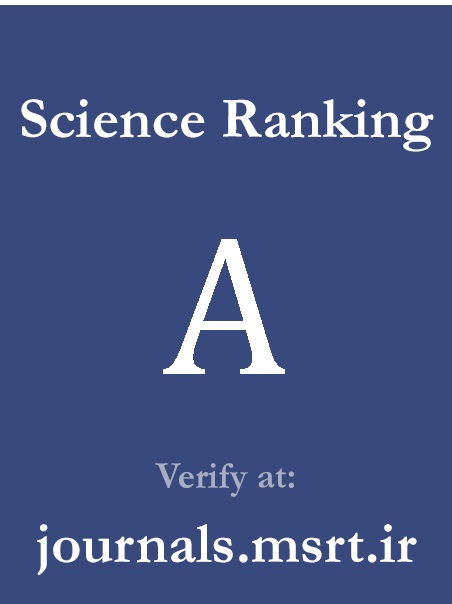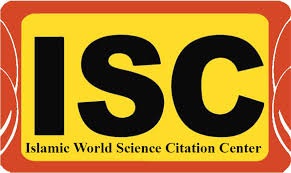Investigating Social and Psychological Factors Affecting Elderly Participation in Physical Activity and Well-being
Keywords:
Participation in sports activities, Elderly, Environmental Factors, leisure timeAbstract
Purpose: The aim of this study was to investigate the social and psychological factors influencing elderly participation in physical activity and well-being. Methods and Materials: This research utilized a mixed-methods approach (qualitative and quantitative). In the qualitative phase, 17 to 20 experts from the fields of sports management were selected based on predefined criteria as the first-stage population. Semi-structured interviews along with open-ended questionnaires were conducted to gather their insights. In the quantitative phase, which involved testing the research model among the elderly in Golestan Province, random sampling methods were employed. The population consisted of all elderly individuals in Golestan Province, though the exact number was unknown at the time of the study. In the quantitative phase, given the absence of precise statistical data on the population, a sample of 384 individuals was determined (based on Cochran''s sample size formula). In this study, the Delphi method and structural equation modeling (SEM) were used to demonstrate the relationships among the research variables within a comprehensive model. Findings: The results of this study identified 43 indicators grouped into 9 main factors as elements of elderly participation in physical activity and sport, with the relationships among them also confirmed. According to the findings, the overall fit of the model was 0.412, indicating a strong model fit. Based on the results of the Friedman test, economic issues ranked first, promotion ranked second, environmental attractiveness ranked third, and facilities and equipment ranked fourth. Furthermore, maintaining health ranked fifth, communication networks sixth, socio-cultural factors seventh, elderly women''s sports eighth, and individual factors ranked ninth. Conclusion: In general, it can be stated that due to the lack of principled and regulated methods for elderly participation in physical activity and sport, the absence of an appropriate environment for the physical and sports development of the elderly, and the lack of a framework for enhancing their participation, the elderly participation model in physical activity and sport presented in this study, comprising 9 dimensions and 43 components, can effectively improve the awareness, attitudes, and intentions of the elderly in participating in physical activity and sport.










